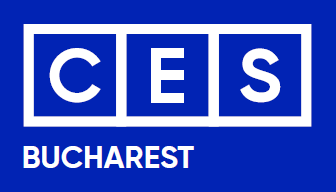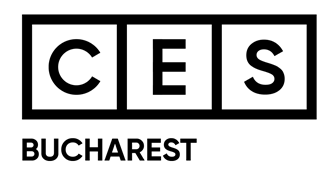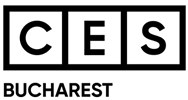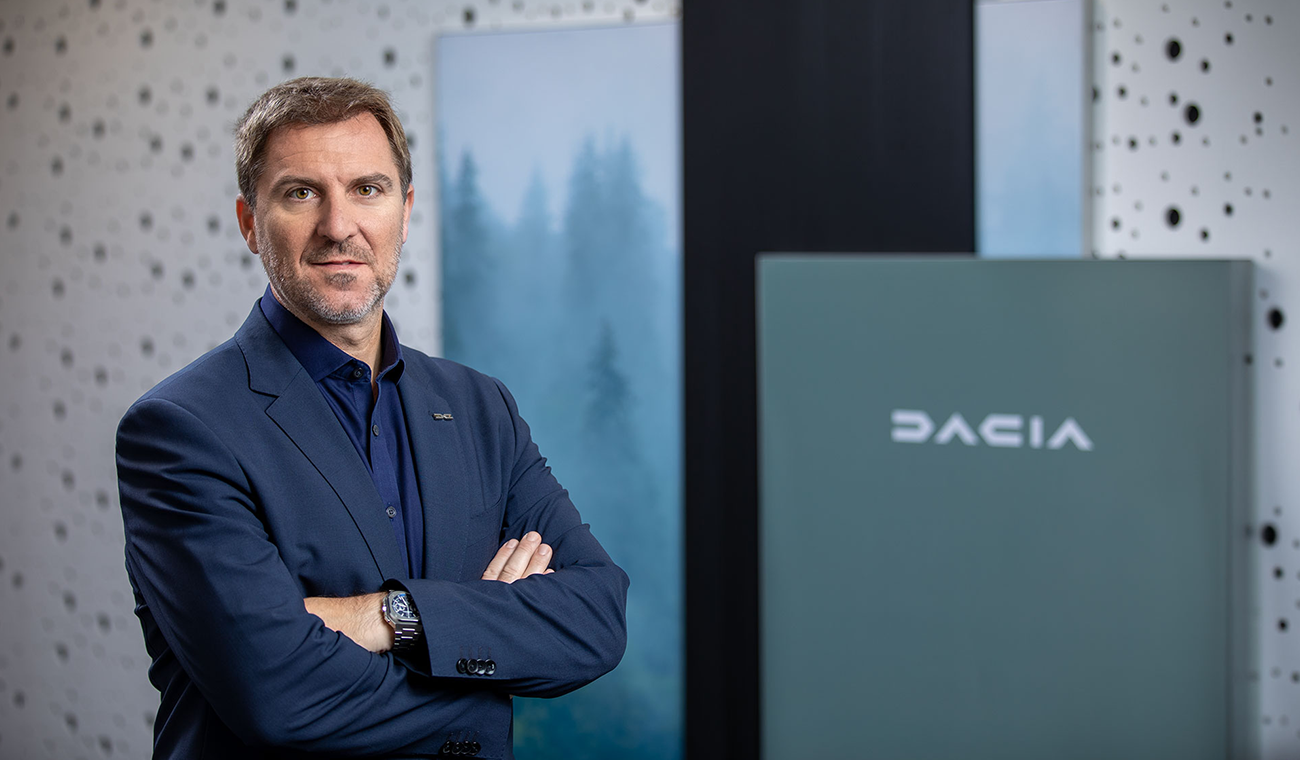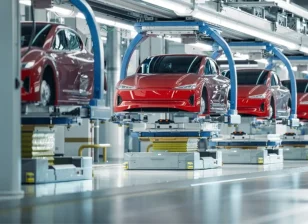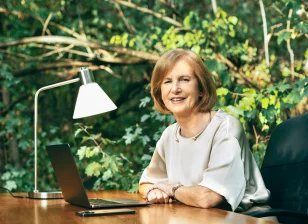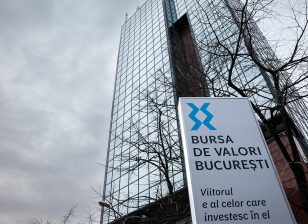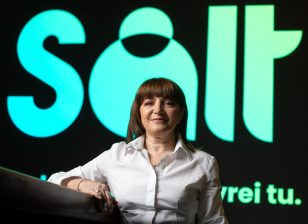From Local Champion to European Powerhouse: How Dacia Is Redefining Affordable Mobility
With over 240,000 vehicles sold in France, Italy, and Germany in the first 9 months of 2025 and ranking second in Europe for private car sales, Dacia has solidified its position as one of the continent’s most resilient automotive brands. As the industry undergoes rapid shifts toward electrification, digitalization and sustainable mobility, Mihai Bordeanu, Managing Director of Dacia South Eastern Europe and Country Head Romania at Groupe Renault, explains for CES Bucharest how the brand’s “value-for-money” philosophy continues to fuel growth in over 40 markets. Through new hybrid technologies, localized supply chains, and a planned electric model priced below €18,000, Dacia is redefining what affordable mobility means in an increasingly competitive global landscape.
CES Bucharest interview with Mihai Bordeanu, Managing Director Dacia South Eastern Europe | Country Head Romania at Groupe Renault
The automotive industry is undergoing rapid transformation: electrification, digitalization and changing consumer behavior.
How is Dacia repositioning itself to remain competitive in the medium and long term?
What is essential for us is that Dacia retains its core values – the best value for money and a focus on essentials. These values have built the brand’s success and have earned it the appreciation of customers in over 40 countries.
Dacia is currently ranked 2nd in Europe in terms of car sales to private customers and 9th in Europe in the total passenger vehicle market. Sandero is the best-selling model in Europe across all distribution channels. All these because we have always focused on developments that help our customers, offering them what they really need, what is essential, in a smart and affordable way.
Supply chains remain vulnerable to geopolitical crises and fluctuations in raw materials. How does Dacia manage these risks and what lessons has it learned in recent years?
The past few years have shown us how vulnerable supply chains can be during the global crises. At Dacia, we have learned to be more agile and cautious. We have diversified our sources of raw materials, strengthened our relationships with suppliers and invested in the digitalization of logistics processes. We focus on local and regional solutions to reduce dependencies and respond more quickly to changes.
The main lesson: in a volatile world, success no longer depends solely on product performance, but on the organization’s ability to anticipate, adapt and respond quickly to external risks.
Investment and development plans: strategic directions in the next 5 years
Dacia is in the midst of a major offensive with its model range – just a week ago, we presented a preview in Paris of a new version of the Logan, Sandero, Sandero Stepway and Jogger models, with major developments in exterior and interior design, engines and equipment. New engines have also been introduced on the Spring model, as well as on the Duster and Bigster models. For example, in response to public demand, we will soon be offering the Duster and Bigster in an automatic 4×4 engine version.
Last but not least, we unveiled the Hipster concept, which illustrates Dacia’s vision for the popular electric car of the future – an ultra-accessible and ultra-essential mobility solution.
In the coming years, we will therefore continue to renew and expand the Dacia model family, aiming to strengthen our presence in both the C segment (where we are already present with the Jogger and Bigster models) and the affordable city car segment. As you probably know, we have already announced the launch, in less than two years, of a new electric model, priced at less than 18,000 EUR.
I won’t reveal all the details of our plan for the next 5 years, but I can tell you that it is a consistent plan that aims to consolidate our position as the leading brand in affordable mobility.
On the competitive pressure from Asia
We are clearly witnessing a change in the automotive landscape, including in the European market. To ensure our competitiveness against new rivals, mainly from China, we need to respond quickly to market dynamics by offering a tailored technological mix covering the entire spectrum of electrified solutions (100% electric vehicles, Full-Hybrid vehicles, Mild-Hybrid vehicles, Plug-In Hybrid vehicles etc.).
We are therefore relying on innovation and agility in finding new solutions, with an emphasis on digitalization and energy efficiency.
And since we mentioned innovation and energy efficiency, a very concrete example in this regard is provided by the new Hybrid-G 150 4×4 engine, recently introduced by Dacia on the Duster and Bigster models.
It is a unique combination of hybrid technology, mixed gasoline/LPG fuel, and all-wheel drive with an electrified rear axle, which is a world first.
The new solution reduces running costs by up to 30% and CO₂ emissions by 20 g/km compared to the current mild-hybrid 130 4×4 engine.
On the other hand, in order to have fair competition, the European automotive industry needs more flexibility regarding emissions regulations, as well as support similar to that offered by the Chinese state to its own manufacturers.
In this regard, the European Automobile Manufacturers’ Association (ACEA) has already asked the European Commission to review the regulations in the automotive sector.
Foreign markets driving the strongest growth for Dacia
Approximately 70% of Dacia’s sales are in Western Europe, one of the most demanding and competitive automotive markets in the world.
In terms of sales volume, the top countries with the most significant presence of the Dacia brand are France, Italy and Germany, which together accounted for over 240,000 units sold in the first nine months of this year alone.
Dacia holds 7.5% of the French car market (ranking third among the best-selling brands in Hexagon), nearly 6% of the Italian car market, and 2.3% of the German car market, where it ranks first among “non-German” brands or brands “not associated with German automotive groups.”
If we refer to the markets that have seen the most dynamic growth in Dacia sales this year, these include Spain (up 23.4% compared to the first nine months of 2024 and a market share of almost 5%, up 0.4 percentage points), Belgium (up 13.6% and a market share of 5.1%, 0.9 percentage points more than in the same period last year) and Austria (up 18.7% and a market share of 4.1%, 0.4 percentage points above the level recorded in the first nine months of 2024).
